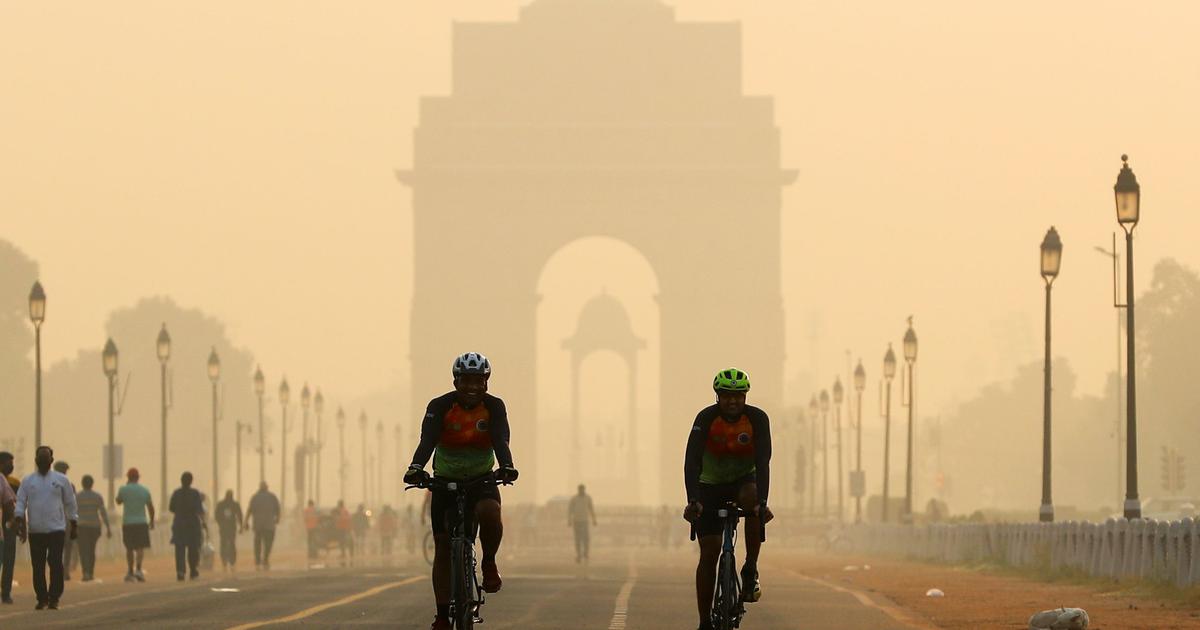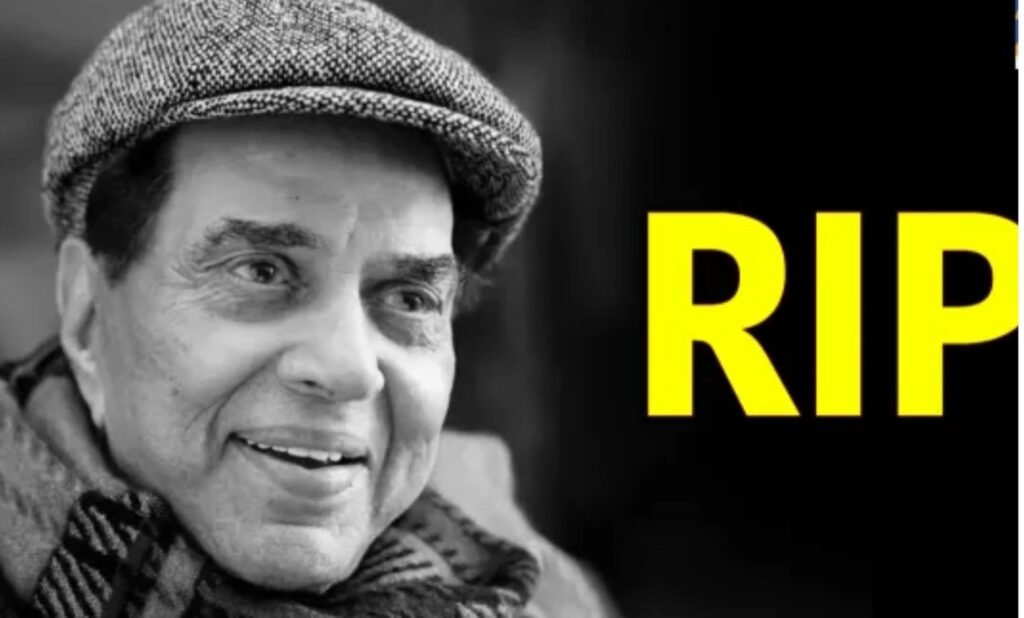New Delhi:- According to one of the most recent information from SAFAR, the morning hours saw a significantly bad air quality analysis of 316 at Delhi College.
On Thursday, the air quality in Delhi continued to be classified as ‘inadequate’ with an Air Quality Index (AQI) of 256, as reported by SAFAR- India.
According to the most current details from SAFAR, the morning hours saw a noticeable wear and tear in air quality around Delhi University, with a reading of 316, categorized as “really bad.” In contrast, the air quality in the vicinity of IIT was a little better, albeit still concerning, with a dimension of 256.
| Areas | AQI |
| Delhi University | 316 |
| IIT Delhi | 256 |
| IGI Airport T3 Lodhi Road | 283 |
| Lodhi Road | 225 |
The ordinary AQI was 176 in Gurugram (moderate) and 256 (poor) in Noida according to Safar India. On the other hand, Delhi’s average AQI stood at 252 at 8 p.m. on Wednesday. On Tuesday, it stood at 220 at 11 am which came down to 216 at 9 pm.
According to the visuals shared by news agency ANI, to decrease air pollution, water was splashed using an anti-smog gun in the morning hours on Thursday in the Anand Vihar region.
According to a local citizen named Bhagwati Prasad, the pollution levels are extremely bad. Over the past couple of days, people have been experiencing coughing and a sensation of burning in their throats. It shows that there is no remedy for this concern as it happens each year.
#WATCH | Delhi: To mitigate pollution, water was sprinkled through an anti-smog gun in Anand Vihar area as the overall Air Quality Index (AQI) in Delhi stands at 256, in the 'Poor' category as per SAFAR-India. pic.twitter.com/qGAbb6NPG2
— ANI (@ANI) October 26, 2023
On Wednesday, Gopal Rai, the atmosphere minister of Delhi, announced that the federal government of the city will begin the “Traffic signal on Gaadi Off” project once again today to lower lorry contamination in the capital. Additionally, he called on the neighboring states to ban making use of firecrackers before Diwali, considering the contamination control measures applied in the city.
According to the Centre’s Air Quality Early Caution System for the national capital, the city’s air quality is likely to change between the inadequate and very poor categories in the coming days in the wake of the upcoming joyful winter. Numerous events of firecracker burning were also reported from parts of Delhi on the event of Dussehra on Tuesday.
At the same time, the 2nd stage of the Graded Reaction Activity Strategy (GRAP) has been carried out in Delhi to decrease the impact of enhanced contamination in the nationwide capital. Under GRAP-2 constraints, there will be a restriction on the use of coal and wood-fired stoves, the frequency of CNG and electric buses will certainly be increased, routine cleansing of roads and a sprinkling of water will certainly be done, the website traffic police will make certain there is no traffic to curb the pollution.
The national capital’s air quality had transformed very badly on Sunday for the first time because of May, mainly due to a drop in temperature level and wind speed, which allowed toxins to gather. Damaging meteorological problems and an alcoholic drink of exhausts from firecrackers and paddy straw burning, along with local sources of pollution, press Delhi-NCR’s air quality to hazardous levels around Diwali annually.





